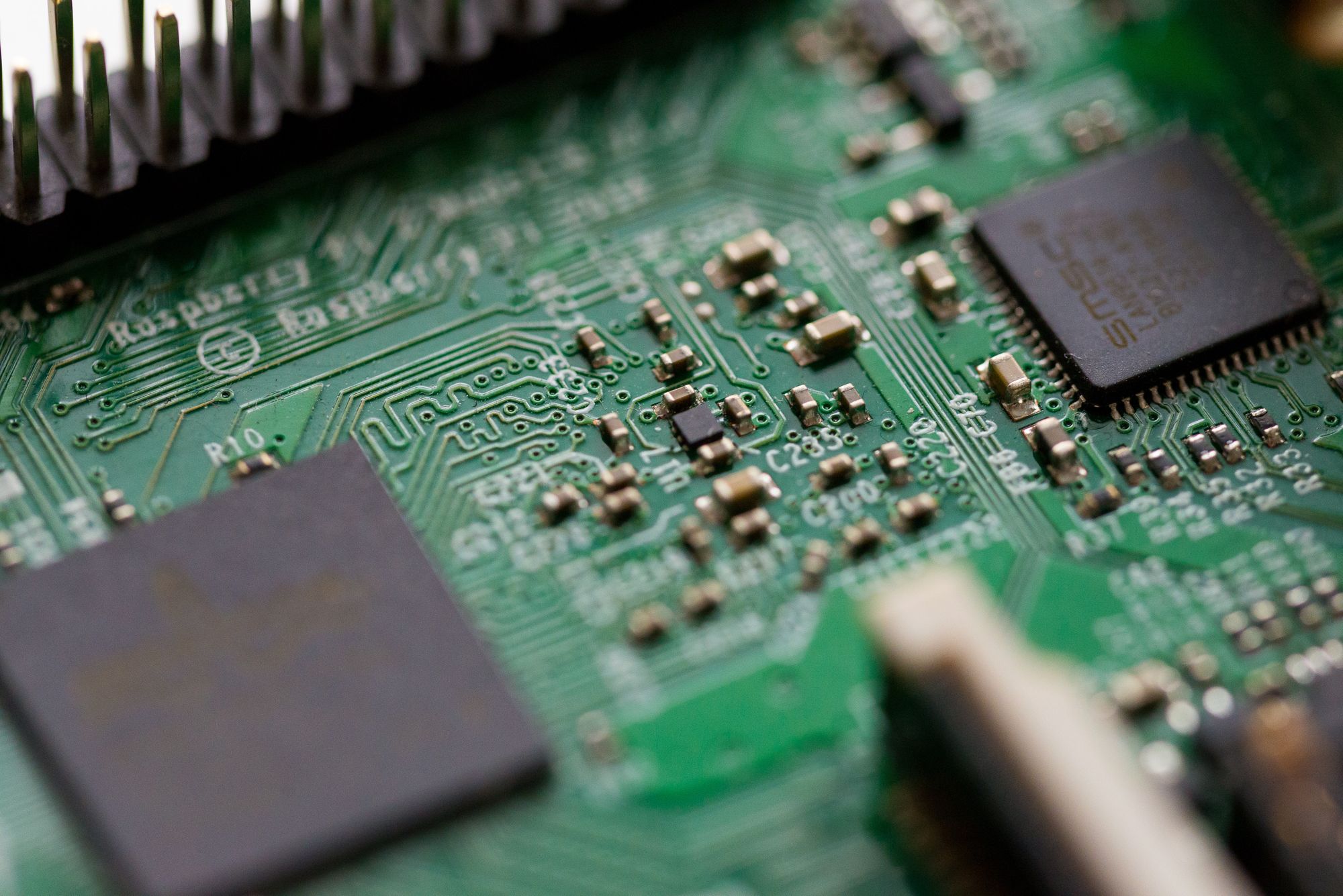Hardware
I use a MacBook Pro 13” laptop as my primary device. In chambers I have an LG Ultrafine 4K monitor — display and charge all in one cable.
I have iPad Pro with Apple Pencil, with Apple’s standard keyboard case, which I also take everywhere. I can also use the iPad as a standalone computer, and have done so for a couple of months, and it works fine, but as soon as it’s necessary to switch between applications, or documents, then it’s just too clunky.
Most of my work, and particularly advice work, sees me reading one document (or documents) whilst writing a document. The MacBook plus iPad combo works great for that, as the iPad can be used as a second screen via AirPlay.
I can also use the two standalone, sharing access to files which I keep on a shared cloud service like Box.com (I have also DropBox, OneDrive and Google Drive).
For printing and scanning, I currently use a Fujitsu M265z multifunction device. It’s a monochrome laser printer, which is a fairly reliable (and fast) workhorse for printing, but the scanning isn’t the best. I’d put it in the “good enough” basket.
On my wishlist for scanning is a Fujitsu ScanSnap iX1500, which is super fast, and super small. It scans 30 duplex pages per minute.
Software
Computer
I have a personal subscription to Microsoft Office. I regularly use Word and Excel in my practice, but rarely use PowerPoint (Apple’s Keynote creates better looking presentations). I don’t use Outlook (even though we have an Exchange server on my floor), because I just don’t like it.
One tip for any lawyer using Word is to read this extremely helpful Lawyerist article: https://lawyerist.com/technology/microsoft-office/word/
This gets word set up in the optimum way for lawyers. My favourite trick is the way it changes Track Changes so you can use it to properly track changes to pleadings, formatted in the way that they are supposed to look when you file them.
As to Word templates, I have a folder full of the documents I typically use, linked into my dock.
OneNote deserves a special mention. It’s a tool that is perfect if you ever want to run a trial from your laptop or iPad. I won’t say more here, because it deserves its own post.
My email app of choice is Airmail. I used to use Apple Mail, but I started to have all sorts of issues with it, so switched. The shortcuts in Airmail (for thinks like searching, filtering unread emails, etc) are pretty good, but it occasionally loses track, telling me that there’s nothing in my inbox (there’s sooo much in my inbox), or losing my search text, or just becoming totally non-responsive.
As a general purpose productivity tool, I use Alfred. It probably deserves its own post too, but in short, it lets you use keyboard shortcuts to open apps, do maths, trigger searches and so on.
For backup purposes I use Apple’s Time Machine. I also rely on Box.com. I have a Matters folder which has two folders in it — Active and Archived. I move them into the archive when I’m done with them and “unsync” them, so they’re available on Box.com, but not taking up hard drive space.
For working with PDFs, I use Acrobat DC. It use it for automatic page numbering, OCR, concatenating PDFs. If there’s a better option, haven’t used it.
For practice management, I use web-based Tiro. (Disclaimer — I’m one of the founders of Tiro). You could use any number of other options, but Tiro works the way I think practice management software should.
iPad
I use the iPad for reading a lot of documents, and also as my go-to device in court. To make reading workable, I convert everything to PDF. The app I use for reading is called Documents by Readdle. It mimics the paper experience well, and allows highlighting, scribbling, post it notes, and so on. I can have multiple documents open in tabs. I can do a search to find specific pieces of text (which could maybe be a bit better); and can also jump to specific parts via table of annotations (built automatically as I highlight). I wish the search was a little bit easier to open, but that’s my only complaint.
I also use all the Office apps, which are free on iPad. They’re almost as good as the laptop version, except jumping between documents is a bit painful. The best feature of Word on the iPad is automatic save.
As mentioned above, OneNote is also an important part of my iPad setup. Typically I use OneNote in court any time I’m on my feet.
For printing to the industrial-strength Canon printers in chambers, I use the Canon Business Print app. It works from your iPhone as well. It only seems to print PDFs, but it’s main feature is that it supports user authentication, which AirPrint doesn’t.
For note taking, there are two options I’ve played with. Nebo is great for converting handwriting to text, and gets better at recognising your handwriting the more you use it. Its main downfall is that it gets slower as the document gets bigger. And it gets stuck on things like brackets (always thinks they are a ‘C’ or ‘1’ or ‘7’). Case citations are particularly difficult to get right, so I usually leave out square brackets entirely.
The other option, if you want a more paper-like experience is GoodNotes. It does convert your handwriting to text in the background so you can search it, but doesn’t convert it to text. It’s closer to a paper experience for that reason. I use it like a note pad. I have individual notebooks for each major matter, and one for short matters.
iPhone
I have an iPhone 11, which if I use to access OneNote, Word, emails, Tiro and my calendar. I regularly use Siri to send texts, and will quite often dictate emails with it as well.

